As an owner of a private domestic water well that may be damaged by a wildfire, you may have some concerns about fire-related impacts to your well and water system. You may want to perform a visual inspection of the well and water system, including the piping and plumbing that provide water to and throughout your home. Items you should check include:
• Damaged and melted or exposed electrical wiring;
• Damaged and melted PVC casing, liner, or pipe;
• Damaged well houses, pressure tanks, and equipment such as chlorinators, water
treatment equipment, and electronic controls;
• Damage to pressure tanks which could have been caused by exposure to excessive
heat.
• Damage to storage tanks, vents, and overflow pipes.
• Debris, such as ash and sediment entering uncovered wells or storage tanks.
Exposed electrical wiring to the well poses a significant electrical safety hazard with potential for an electrical short to the metal casing. If the electrical wiring has been damaged by fire, do not handle the wiring or touch the casing.
If your well has been damaged by fire, contact a local licensed and bonded well constructor or pump installer to determine the extent of the damages.
Water Quality
When testing drinking water for the presence of bacteria, it is necessary to collect a sample and deliver it to a California State-certified laboratory. When collecting a sample, follow the instructions provided by the laboratory, and return the sample bottle in the recommended time.
While waiting for water quality results, you should not use your water for drinking or cooking purposes unless you have boiled or disinfected it, including washing dishes or other cooking utensils. While you are waiting to receive the results of bacteria testing, you can boil the water you will use for drinking and cooking for at least 1 minute at a full rolling boil.
Check for Damage and Loss of Water Pressure
If your visual inspection shows that there was a loss of pressure or the water system has been damaged, it is likely that your water may be contaminated with bacteria. Damaged components should be repaired or replaced.
To the extent that you can, visually check the water supply system, including plumbing, for any damage, signs of leaks, or changes in operation. You can check for positive pressure loss by simply turning on a faucet in the household to see if water flows. The flow of water should be steady and uninterrupted. If you hear air escaping from the faucet with water intermittently spurting out when it is turned on, that is an indication that your well and household plumbing had a loss of pressure and may have been damaged. Anytime a water system loses pressure, the water should be tested for the presence of bacteria before it is used for drinking or cooking.
Disinfection of Private Domestic Water Wells
Disinfection of a well is recommended following repair, maintenance, or replacement of the pump, or if the power loss may have possibly caused loss of pressure.
• Use only a freshly opened bottle of unscented liquid chlorine, as the solution weakens
with exposure to air.
• The recommended dosage for a 50.0 PPM chlorine residual is 2-3 cups of 8.25%
unscented liquid chlorine with 3-5 gallons of water for a standard well. It is advisable to
premix the chlorine solution in a 5-gallon container prior to pouring the disinfectant into
the well.
• Mix thoroughly after adding the chlorine solution to the well. If the well is deep, turn the
pump on and off to surge the well.
• Allow the system to rest overnight for 24 hours.
• To reduce excess chlorine, pump the well several times then turn on all the outside
faucets until the chlorine odor is at an acceptable level.
• Take a bacteriological sample to a State-certified laboratory for analysis. If the test
results for total coliform indicate unsafe conditions, then repeat disinfection procedure.
Contact Us
Ventura County Environmental Health Division
• Main Office Phone: 805/654-2813
• Drinking Water website: https://vcrma.org/drinking-water
PDF
Checking Your Private Water Well After A Fire
REVISANDO SU POZO DE AGUA PRIVADO DESPUES DE UN INCENDIO

Partner Links
Newsroom
Site Info